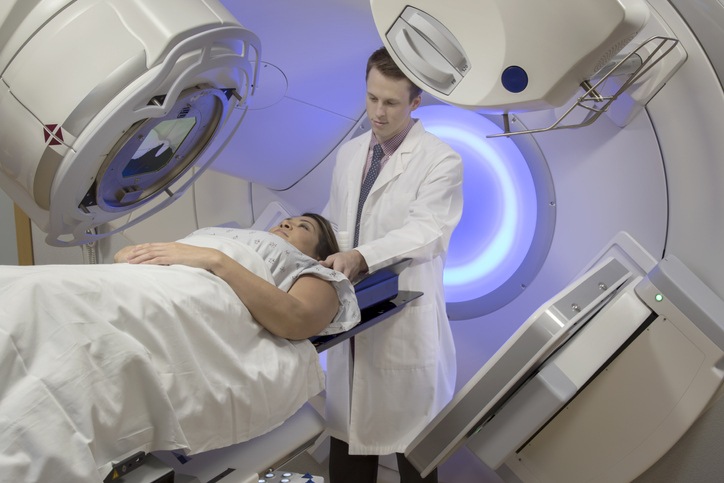
According to a new report, black and Hispanic patients are less likely to undergo recommended PET/CT imaging upon lung cancer diagnosis, possibly impacting survival rates.
Research has observed racial disparities in health care and disease survival. One study found that race and insurance status impact the cure rate in HPV-associated squamous cell carcinoma of the head and neck. Similarly, the findings of a study that appeared in JAMA Oncology suggest that lack of insurance and access to care play an important role in disparities of stage of breast cancer diagnosis among ethnic minority women.
“We started from the perspective of outcomes: we know that Black and Hispanic lung cancer patients tend to not do as well as non-Hispanic whites. We wondered if there could also be differences in how these groups are imaged at diagnosis,” said study author Rustain Morgan, MD, University of Colorado (CU) Cancer Center investigator and assistant professor in the CU School of Medicine Department of Radiology, in a press release.
Using the linked Surveillance, Epidemiology, and End Results–Medicare database between 2007 and 2015, the study authors compared initial imaging modality among non-Hispanic white (n=28,881), black (n=3,123), and Hispanic (n=1,907) patients aged ≥66 years who were diagnosed with lug cancer and enrolled in Medicare fee-for-service. The main outcome was PET/CT utilization among the groups; 12-month cancer-specific survival was examined as a secondary outcome. Analyses included stage, treatment, and treatment facility information.
Black, Hispanic Patients Less Likely to Undergo Recommended Imaging
In adjusted analyses, black patients, compared to non-Hispanic white patients, were less likely to receive PET/CT imaging at diagnosis (odds ratio [OR]=0.54; 95% confidence interval [CI], 0.50 to 0.59; P<0.001), as were Hispanic patients (OR=0.72; 95% CI, 0.65 to 0.81; P<0.001). Patients who received PET/CT imaging had improved survival (hazard ratio=0.61; 95% CI, 0.57 to 0.65; P<0.001).
The study was published in JNCI: Journal of the National Cancer Institute.
“Our study showed a couple things,” said Dr. Morgan. “First, it reaffirmed that patients who are imaged with PET-CT at diagnosis have better cancer-specific survival. Second, it showed there is a significant difference in who gets the recommended PET-CT at diagnosis. And third, it leads to more questions, like what is driving this difference and are these disparities in adherence to imaging guidelines present in other cancers.”
If black and Hispanic patients are not receiving the recommended imaging, this could play a role in why they have poorer outcomes, Dr. Morgan said.
“Another, and potentially even more problematic factor, could be unconscious bias is a driver of the differences we found,” he said. He added, “Now that we know more about this problem, we must find ways to address it.”







 © 2025 Mashup Media, LLC, a Formedics Property. All Rights Reserved.
© 2025 Mashup Media, LLC, a Formedics Property. All Rights Reserved.